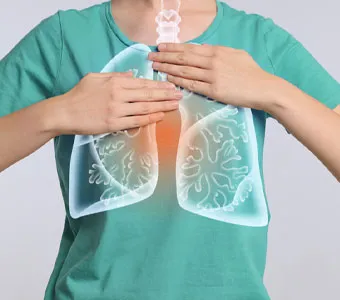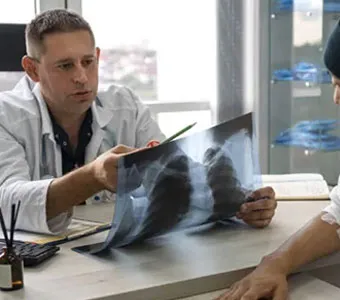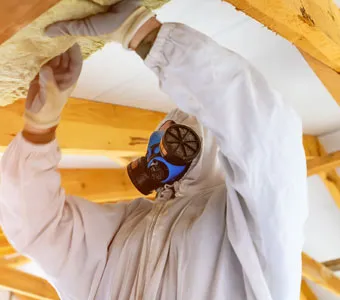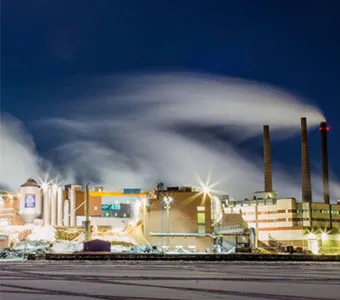What Is the Best Protective Equipment to Prevent Silicosis in Stone Workers?
Engineered stone is increasingly popular for its durability and aesthetic appeal in construction, especially in kitchen countertops. However, a hidden danger lurks in its composition. Workers who cut, grind, or polish these surfaces are exposed to silica dust, which can be inhaled and cause severe lung diseases such as silicosis, a condition that leads to scarring of the lungs and difficulty breathing. What is the best protective equipment to prevent silicosis in stone workers?
The Importance of Personal Protective Equipment (PPE) in Silicosis Prevention
Personal Protective Equipment (PPE) is essential for stone workers to reduce the risk of silicosis, a serious lung disease caused by prolonged exposure to crystalline silica dust. PPE forms the first line of defense against airborne silica particles.
Properly selected PPE, including respirators, protective clothing, and eye protection, can significantly minimize the inhalation of silica dust. In addition, PPE ensures that workers’ skin and eyes are protected from direct contact with hazardous materials, reducing exposure to the harmful effects of silica dust. Effective use of PPE, combined with other safety measures, plays a crucial role in preventing silicosis.
Respirators: Key Protection Against Silica Dust
Respirators are a critical component of PPE for stone workers, offering vital protection against harmful silica dust. These particles can penetrate deep into the lungs, leading to respiratory diseases that are not limited to silicosis.
High-efficiency particulate air (HEPA) respirators are commonly recommended for workers in environments with high silica exposure, such as during cutting, grinding, or polishing engineered stone.
These respirators filter out microscopic dust particles, preventing them from being inhaled. Proper fit, regular maintenance, and correct use of respirators are essential for ensuring they provide maximum protection, reducing the risk of lung damage and silicosis. Additionally, wearing a respirator consistently and correctly throughout the workday is crucial for long-term protection.
Dust Control Measures: Wet-Cutting and Ventilation Systems
Dust control measures, such as wet-cutting and ventilation systems, play a vital role in minimizing exposure in stone fabrication environments. Wet-cutting methods use water to suppress dust at the point of creation, significantly reducing airborne silica particles.
This approach is highly effective in preventing dust inhalation, especially in high-risk jobs like countertop fabrication. Ventilation systems further help by extracting contaminated air and maintaining a cleaner, safer workspace. Together, these dust control techniques provide an added layer of protection against silicosis, ensuring that workers face lower risks from hazardous silica exposure.
Protective Clothing: Reducing Skin Exposure to Silica
Protective clothing is an important part of preventing silicosis by reducing workers’ direct contact with silica dust. While respirators protect the lungs, workers may still be exposed to dust on their skin, potentially causing irritation or absorption of harmful particles.
Full-body protective clothing, including coveralls and gloves, helps to minimize skin contact with silica dust. This protective layer also reduces the likelihood of workers tracking silica dust to other areas, preventing secondary exposure. In addition, protective clothing can help maintain personal hygiene and prevent long-term health risks associated with silica exposure outside of the workplace.
The Role of Engineering Controls in Reducing Silica Exposure
Engineering controls are essential in reducing silica exposure in the workplace, particularly in high-risk industries such as stone fabrication. These controls are designed to modify the work environment, minimizing the initial release of silica dust.
Common engineering controls include local exhaust ventilation systems, which capture and filter dust at the source, and automated cutting tools that limit the need for manual labor in dusty conditions. These measures reduce the amount of silica dust in the air, providing workers with a safer environment and lowering the chances of inhalation. Engineering controls, when used alongside PPE, offer effective silicosis prevention strategies in stone fabrication workplaces.
FAQs
Q: What PPE Is Needed to Prevent Silicosis?
A: To prevent silicosis, workers should wear a properly fitted P100 or N100 respirator, as these filter out harmful silica dust. Additional protective gear includes gloves, protective clothing, and goggles. Employers must ensure that workers are using these safety measures and maintain proper ventilation systems to reduce airborne dust exposure effectively. Ensuring proper use and fit of PPE is essential for protection.
Q: What Is the Most Effective Protection from Silica Dust?
A: The most effective protection includes engineering controls like wet-cutting methods and dust collection systems, combined with proper PPE, such as a P100 or N100 respirator. These respirators provide the highest level of protection against silica dust. Additionally, proper work practices, training, and regular health monitoring can further reduce the risk of exposure. Employers must ensure these measures are implemented for effective protection.
Q: Are N95 Respirators Enough for Silica Dust?
A: No, an N95 respirator is not enough to protect against silica dust. N95 respirators filter out 95% of particles but do not meet the required protection level for crystalline silica dust. For effective protection, workers should use a P100 or N100 respirator, which filters out 99.97% of harmful particles and is specifically designed to handle silica exposure.
Q: How Do You Protect Workers from Silica Dust?
A: Protecting workers involves using engineering controls like wet-cutting and dust collection systems to minimize silica dust. Personal protective equipment (PPE), such as P100 respirators, protective clothing, and gloves, is essential. Proper training and adherence to safety standards further protect workers. Employers must ensure these measures are in place and regularly monitor exposure levels to keep workers safe from harmful silica dust.
Schedule Your Silica Dust Protection Consultation Today
If you or a loved one has been exposed to silica dust, understanding how to protect your health and secure your rights is essential. Silicosis is a preventable condition, but prolonged exposure can lead to debilitating and long-term health issues, such as respiratory failure and lung cancer.
Legal representation can help you navigate your options, secure compensation for medical expenses, and ensure you receive the support you deserve. Schedule your consultation today to discuss protective measures and how Wallace & Graham can help you in the fight for justice and compensation. We’re here to guide you through every step of the process.






